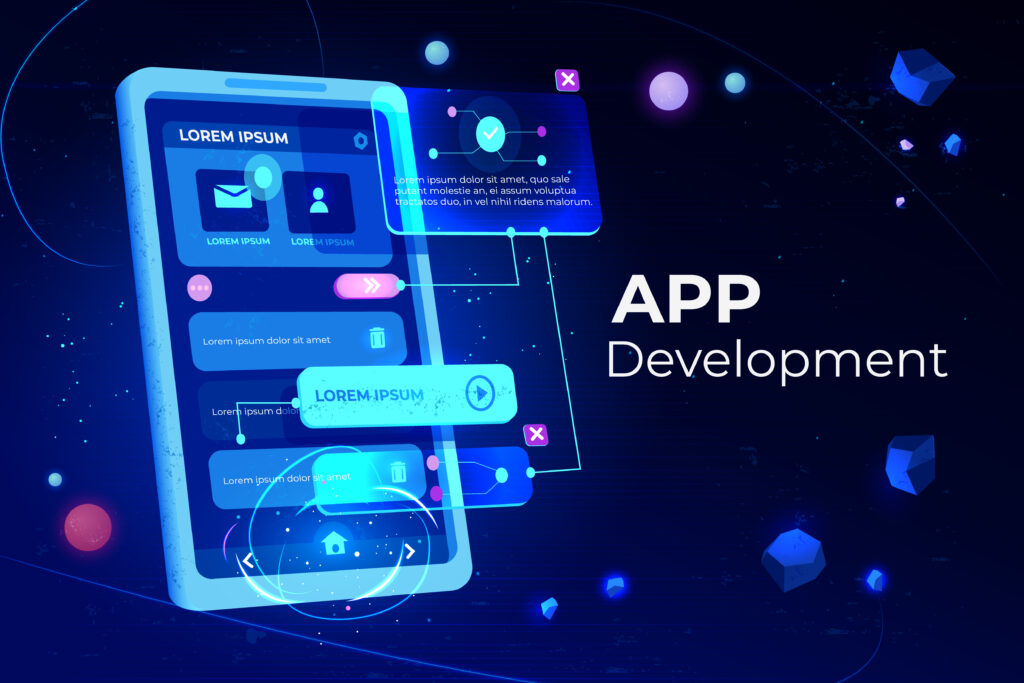Introduction:
In the dynamic realm of programming languages, Python and Rust emerge as influential titans, each with its unique strengths and applications. As we step into the intricacies of modern software development essentials, the captivating battle between Python and Rust continues to shape developers’ choices globally. This comprehensive exploration will meticulously examine ten key aspects, unraveling the nuances that define the rivalry between these programming titans.
1. Performance Showdown 🚀:
Python:
Renowned for simplicity and readability, Python has been the preferred language for high-level scripting. However, the interpreted nature of Python can introduce challenges in compute-intensive tasks, potentially leading to performance bottlenecks. Developers often face trade-offs between ease of use and optimal execution speed.
Rust:
Crafted for system-level programming, Rust stands out with its exceptional speed and emphasis on memory safety. The zero-cost abstractions in Rust empower developers to achieve high performance without compromising on safety. This focus on efficiency positions Rust as a robust choice for performance-critical applications.
This section provides a detailed understanding of how Python’s interpreted nature contrasts with Rust’s emphasis on speed and safety, setting the stage for informed decision-making.
2. Ecosystem Clash 🌐:
Python:
Python’s ecosystem is a vast and mature landscape, offering an extensive array of libraries and frameworks. Its versatility spans web development, data science, machine learning, and beyond. The extensive ecosystem contributes to Python’s versatility, making it a go-to language for a wide range of applications.
Rust:
While Rust’s ecosystem is still evolving compared to Python, it gains prominence in specialized areas like embedded systems and low-level programming. Developers drawn to Rust appreciate its safety features without sacrificing performance. The evolving ecosystem reflects Rust’s targeted growth and increasing relevance in niche domains.
Exploring the ecosystems showcases the versatility of Python and the strategic growth of Rust, providing insights into their respective strengths.
3. Memory Management Face-off 🧠:
Python:
Python’s memory management relies on garbage collection, simplifying the coding process by automatically handling memory allocation and deallocation. However, this convenience introduces overhead, potentially impacting performance, particularly in resource-intensive applications.
Rust:
In Rust, ownership and borrowing concepts replace garbage collection. This empowers developers to write efficient code with minimal runtime overhead. The borrow checker ensures memory safety without relying on garbage collection, offering precise control over memory usage.
An in-depth examination of memory management strategies sheds light on the trade-offs between Python’s simplicity and Rust’s control.
4. Community Dynamics 👥:
Python:
With a vast and diverse community, Python fosters collaboration, inclusivity, and knowledge sharing. The extensive community support makes Python a welcoming language for beginners and ensures a wealth of resources, tutorials, and vibrant forums.
Rust:
While Rust’s community may be smaller, it is characterized by passion and dedication. The focus on safety and performance creates a disciplined environment, where developers exchange insights and contribute to Rust’s growth.
Analyzing community dynamics provides a glimpse into the collaborative spirit of Python and the focused expertise within the Rust community.
5. Ease of Learning 📚:
Python:
Renowned for its readability and simplicity, Python is often recommended for beginners. The straightforward syntax facilitates a quick grasp of programming concepts, making Python an accessible language for those starting their coding journey.
Rust:
Acknowledged for a steeper learning curve, Rust demands a deeper understanding of concepts like ownership. While this complexity can be challenging for beginners, it empowers developers to write robust and efficient code.
The exploration of ease of learning highlights the trade-off between Python’s beginner-friendliness and Rust’s emphasis on in-depth understanding.
6. Project Scalability 📈:
Python:
Python demonstrates scalability across projects of various sizes. Its adaptability is particularly notable in web development and data science, where it seamlessly caters to both small and large-scale applications.
Rust:
Rust’s performance and safety features make it ideal for large-scale systems. The language’s emphasis on robustness positions it as a scalable choice for critical applications.
Evaluating project scalability unveils how Python and Rust align with projects of different magnitudes, catering to diverse development needs.
7. Development Speed ⏱️:
Python:
Python’s concise syntax and vast libraries contribute to rapid development. The language’s focus on simplicity enables developers to iterate quickly, making it suitable for projects with tight timelines.
Rust:
While robust, Rust’s emphasis on safety may initially lead to a slower development pace. However, this meticulous approach aims to prevent errors and ensure long-term code stability.
Comparing development speeds sheds light on the balance between Python’s rapid iterations and Rust’s meticulous coding practices.
8. Code Maintainability 🧹:
Python:
Python’s clean syntax enhances code readability, contributing to code maintainability. The language’s simplicity facilitates easier comprehension and maintenance over the long term.
Rust:
Strict ownership rules in Rust ensure memory safety, promoting robust code maintainability. The emphasis on preventing common pitfalls contributes to the longevity of the Rust code.
An exploration of code maintainability underscores the importance of readability in Python and the memory safety focus in Rust.
9. Tooling and IDE Support 🧰:
Python:
Python boasts extensive tooling and IDE support, contributing to a seamless development experience. The abundance of tools enhances developer productivity, making it easier to manage projects.
Rust:
While improving, Rust’s tooling is catching up, with a focus on enhancing developer productivity. The evolving tooling ecosystem aligns with Rust’s growth and adoption.
Examining tooling and IDE support provides insights into the available resources that aid developers in efficient coding.
10. Compilation and Execution Speed ⚙️:
Python:
Python’s interpreted nature may result in slower execution speeds compared to compiled languages. While suitable for many applications, it may not match the execution speed of languages like Rust.
Rust:
As a compiled language, Rust boasts faster execution speeds, especially critical for system-level tasks. The emphasis on efficiency aligns with Rust’s performance-oriented design.
Evaluating compilation and execution speeds highlights the performance disparities between Python and Rust, emphasizing their suitability for different types of applications.
Advantages and Disadvantages:
Python:
Advantages:
- Versatility: Python excels in various domains, offering a wide range of applications.
- Readability: Clean syntax makes Python code easy to understand, promoting code maintainability.
- Community Support: A massive community ensures abundant resources for developers.
Disadvantages:
- Performance: Interpreted nature can lead to bottlenecks, especially in resource-intensive tasks.
- Global Interpreter Lock (GIL): Limits performance in multi-threaded applications.
Rust:
Advantages:
- Performance: Suitable for system-level programming and resource-intensive tasks.
- Memory Safety: Ownership and borrowing concepts ensure robust memory management.
- Community Focus: A dedicated community prioritizes safety, performance, and disciplined coding.
Disadvantages:
- Learning Curve: Steeper learning curve, challenging for beginners.
- Ecosystem Maturity: Growing ecosystem but not as mature as some other languages.
Conclusion:
In navigating the programming landscape of 2024, the Python vs. Rust saga unfolds, influencing the future of software development. The in-depth examination across ten critical aspects showcases the intricacies of this battle, providing developers with nuanced insights. Both Python and Rust possess unique strengths and weaknesses, catering to diverse needs. The choice between them hinges on project requirements, developer preferences, and the specific challenges at hand. As technology advances, the evolving choices between Python and Rust, combined with modern software development essentials, will continue to shape the preferences and decisions of developers worldwide.




I simply could not leave your website without expressing how much I appreciated the quality of the information you provided to your visitors. I anticipate returning frequently to read new postings.